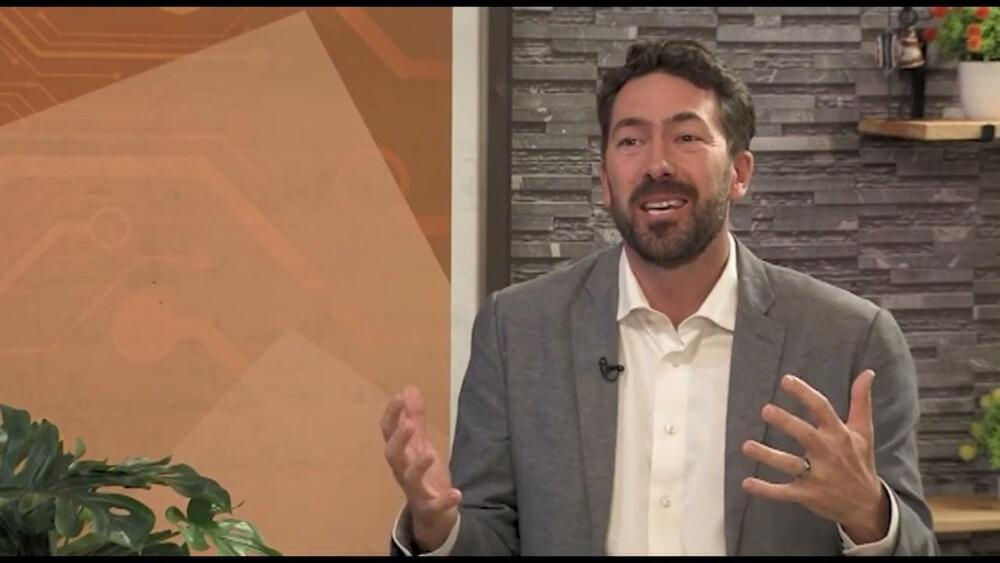Apr 13, 2024
Are Fundamental Constants Fundamental? | Peter Atkins and Jim Baggott
Posted by Dan Breeden in categories: business, chemistry, education, particle physics, quantum physics
Peter Atkins discusses the ideas in his book ‘Conjuring the Universe’ with fellow science writer Jim Baggott. They discuss how fundamental the various constants of the universe truly are.
https://global.oup.com/academic/produ…
Continue reading “Are Fundamental Constants Fundamental? | Peter Atkins and Jim Baggott” »

















